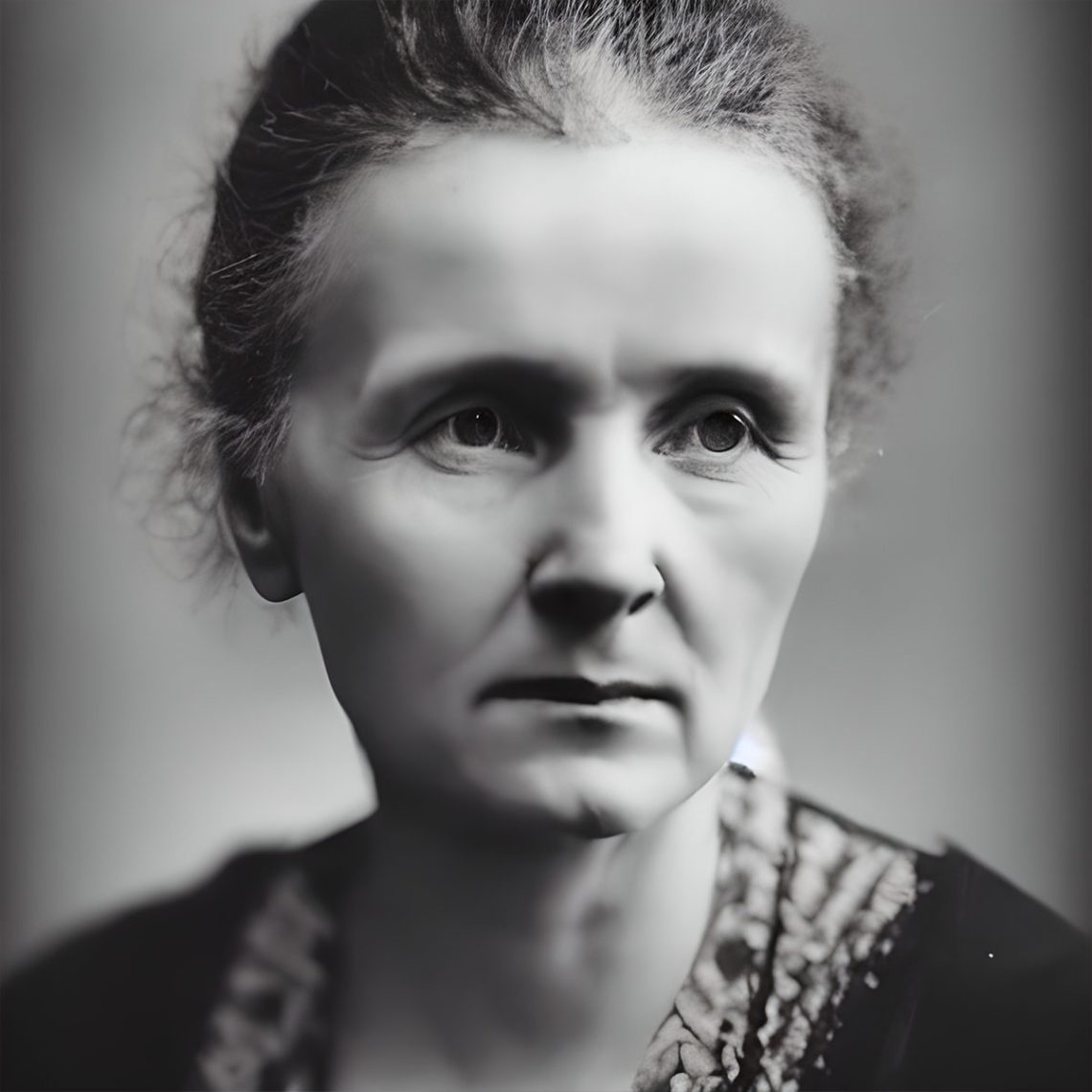Marie Curie: A Pioneer in Science and an Inspiration to Women Everywhere
Marie Curie is a name that is synonymous with scientific excellence and groundbreaking discoveries. Born in 1867 in Warsaw, Poland, Curie went on to become one of the most accomplished scientists in history, revolutionizing the fields of physics and chemistry.
As a woman in a male-dominated field, Curie faced numerous challenges and obstacles throughout her life. However, her dedication, perseverance, and brilliance allowed her to make remarkable contributions to science and to inspire countless individuals, especially women, to pursue their dreams and push the boundaries of what is possible.
In this article, we will delve into the life and legacy of Marie Curie, exploring her early years, her groundbreaking discoveries, and her lasting impact on the world of science.
Marie Curie was a Polish-born physicist and chemist who made groundbreaking discoveries in the fields of radioactivity and radiation. Her research and discoveries paved the way for further scientific advancements and earned her the distinction of being the first woman to receive a Nobel Prize.
Early Life and Education
Marie Curie was born in Warsaw, Poland, on November 7, 1867. She was the youngest of five children and grew up in a family that valued education and culture. Her father, Wladyslaw Sklodowski, was a math and physics teacher, while her mother, Bronislawa Sklodowska, was a pianist and singer.
Marie showed an early interest in science and math and excelled in her studies. However, she faced significant challenges in pursuing higher education, as Poland was then under Russian rule, and women were not allowed to attend universities.
Undeterred, Marie moved to Paris in 1891 and enrolled in Sorbonne University. She studied physics, chemistry, and mathematics and worked as a tutor and governess to support herself financially.
Research and Discoveries
Radioactivity
In 1896, Marie met Pierre Curie, a fellow physicist, and chemist. They soon fell in love and got married in 1895. Together, they embarked on a series of experiments to study the properties of uranium and other elements.
In 1898, Marie discovered that uranium emitted rays that could penetrate through objects and cause air to conduct electricity. She coined the term “radioactivity” to describe this phenomenon and began studying it in detail.
Applications of Radioactivity
Marie and Pierre’s research led to several groundbreaking discoveries, including the identification of new elements, such as polonium and radium. They also discovered that radium emitted more radiation than uranium, which led to the development of new technologies, including X-ray technology.
Marie and Pierre worked on developing X-ray technology and found that it had significant medical applications. During World War I, Marie established mobile X-ray units to help diagnose and treat injured soldiers on the battlefield. This work earned her the nickname “The Radiologist” and made her a national hero.
Marie also explored the use of radium in cancer treatment. She found that radium could be used to kill cancer cells while minimizing damage to healthy cells. Her work laid the foundation for modern radiation therapy and cancer treatment.
Recognition and Awards
In 1903, Marie and Pierre received the Nobel Prize in Physics for their work on radioactivity. Marie became the first woman to receive a Nobel Prize, and Pierre became the first person to receive two Nobel Prizes in different fields.
In 1911, Marie received her second Nobel Prize, this time in Chemistry, for her discovery of radium and polonium. She became the first person and the only woman to receive two Nobel Prizes in different fields.
In addition to the Nobel Prizes, Marie received numerous other awards and honors throughout her career, including the Davy Medal, the Matteucci Medal, and the Elliott Cresson Medal.
Marie Curie: Personal Life and Legacy
Marie and Pierre had two daughters, Irène and Eve. Unfortunately, Pierre died in a tragic accident in 1906, leaving Marie to raise their daughters alone.
Despite this tragedy, Marie continued to work tirelessly in the field of science. She became the first female professor at Sorbonne University and worked to establish the Radium Institute in Paris, which would become a leading research center in the field of radioactivity.
Marie’s legacy extends far beyond her scientific achievements. She was a trailblazer for women in science and a symbol of perseverance and dedication. Her work paved the way for generations of scientists, and her life serves as an inspiration for anyone facing adversity.
Controversies and Criticisms
Despite her many accomplishments, Marie faced significant challenges and criticisms throughout her career. She was often subjected to gender discrimination and faced challenges as a woman in a male-dominated field.
Additionally, Marie’s research methods and practices were sometimes criticized, with some scientists questioning the accuracy and validity of her results. However, many of these criticisms were based on misunderstandings or biases, and Marie’s contributions to science remain undisputed.
Conclusion
Marie Curie’s life and work continue to inspire scientists and women around the world. Her groundbreaking discoveries in the field of radioactivity laid the foundation for modern science and technology, and her unwavering dedication to science and social causes made her a role model for generations to come.
As we continue to explore the frontiers of science, we can look back at Marie Curie’s legacy with admiration and gratitude. Her life serves as a reminder of the power of perseverance, dedication, and hard work in the face of adversity.

